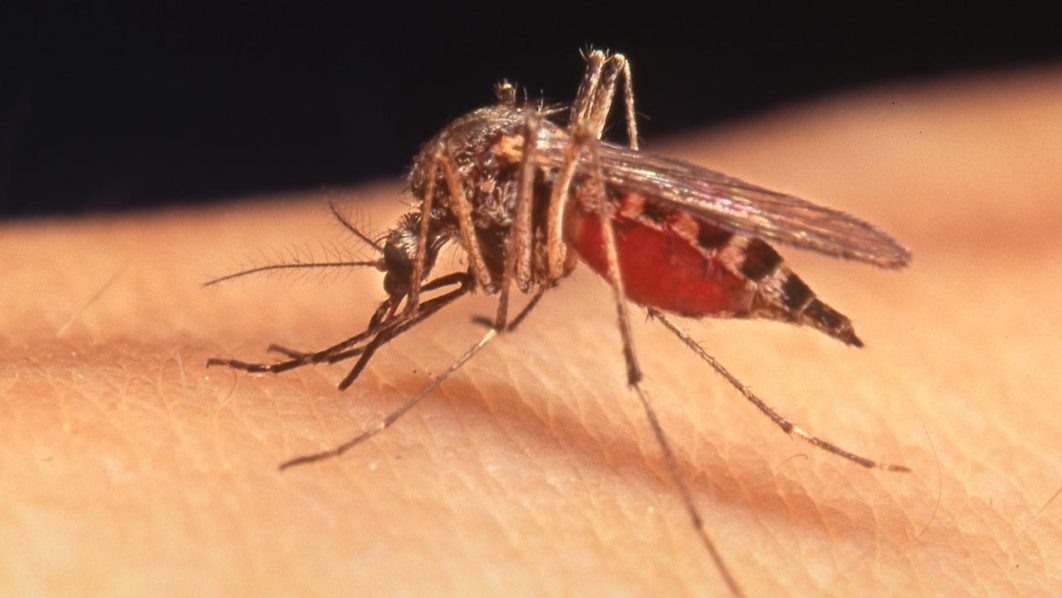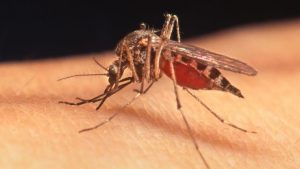A species of mosquito, Aedes aegypti, that can carry Zika virus, dengue and yellow fever, has been discovered in Nebraska, United States (U.S.), for the first time.
Aedes aegypti, the yellow fever mosquito, can spread dengue fever, chikungunya, Zika fever, Mayaro and yellow fever viruses, and other disease agents. The mosquito can be recognised by white markings on its legs and another in the form of a lyre on the upper surface of its thorax.
According to a study published in New York Science Journal and titled “Diversity and distribution of Aedes mosquitoes in Nigeria”, Aedes mosquitoes are abundant and widely distributed across Nigeria. The researchers from the National Arbovirus and Vectors Research Centre (NAVRC), Enugu, collected a total of 8,659 Aedes mosquitoes, consisting of nine different species. Aedes albopictus 3,651 (42 per cent) constituted majority of the collections, while Aedes circumluteolus 40 (0.5 per cent) was the least collected. All nine species collected in the surveillance were present in Enugu State, while Kaduna State, with the least diversity, had only one species.
The researchers concluded: “The study revealed the overwhelming presence of domestic, peri domestic and canopy breeders of the genus, Aedes, in the country. These include those that transmit some of the most dreaded diseases across the globe. Hence, there is need to continuously update available data on these mosquitoes. This should be the basis for effective vector control and the eventual elimination of Aedes-related diseases in Nigeria.”
Meanwhile, the Nebraska Department of Health and Human Services (DHHS) said that it found Aedes aegypti mosquitoes in York County – about 100 miles from the capital of Omaha – on Tuesday. State and local officials captured the mosquitoes during a yearly effort to track the number of pests carrying West Nile virus in Nebraska, according to a statement.
Despite the fear of tropical diseases spreading throughout the state, health officials say that the risk of transmission is very low.
A. aegypti originated in Africa, but has since become one of the most widespread mosquito species in the world.
Meanwhile, despite having the highest burden of malaria in the world, Nigeria is still missing as Kenya joins Ghana and Malawi to launch the world’s first vaccine for the mosquito-borne disease.The World Health Organisation (WHO) has congratulated the Government of Kenya for launching the world’s first malaria vaccine on Friday, September 13, in Homa Bay County, western Kenya.
The malaria vaccine pilot programme is now fully underway in Africa, as Kenya joins Ghana and Malawi to introduce the landmark vaccine as a tool against a disease that continues to affect millions of children in Africa. The vaccine, known as RTS,S, will be available to children from six months of age in selected areas of the country in a phased pilot introduction. It is the first and only vaccine to significantly reduce malaria in children, including life-threatening malaria.
According to the Nebraska DHHS, A. aegypti mosquito bites primarily in the daytime and only feeds on people. State epidemiologist for the DHHS, Dr. Tom Safranek, told DailyMail.com that health officials were surprised when they found an A. aegypti mosquito in traps meant for West Nile-mosquitoes.
“It was almost like they didn’t believe their eyes,” he said. “We put out traps to trap A. aegypti and, what do you know, we found between 40 and 50.” The mosquitoes have not been tested yet to see if they carry the viruses that cause those diseases.
However, Safranek said that for a mosquito to transmit the diseases, it would need to bite an infected person, and then bite an uninfected person. Additionally A. aegypti can only fly about 500 feet. “We think the transmission risk is low,” he said. “But we have a scenario where it could occur, and we haven’t had that before. So there’s a possibility.”
The mosquitoes will undergo genetic testing to pinpoint where they came from and then will undergo testing for the viruses.One theory of how the mosquitoes arrive in Nebraska is in eggs from another state – but this has not been proven yet. “They can get moved around like transpiration of materials like tires, anyplace where the eggs can get moved,” said Safranek.
In Nebraska, only one case of dengue fever and one case of Zika virus has been reported this year, according to the Centers for Disease Control and Prevention.
In both instances, the patients traveled to areas where the viruses are common, and were not infected locally. Health officials recommend that resident protect himself or herself by wearing long sleeves and pants as well as bug spray when going outside.They also suggest draining any standing water from places such as bird baths and buckets because mosquitoes are attracted to still water.
Scientists discover mosquito species that carry zika virus, dengue, yellow fever






